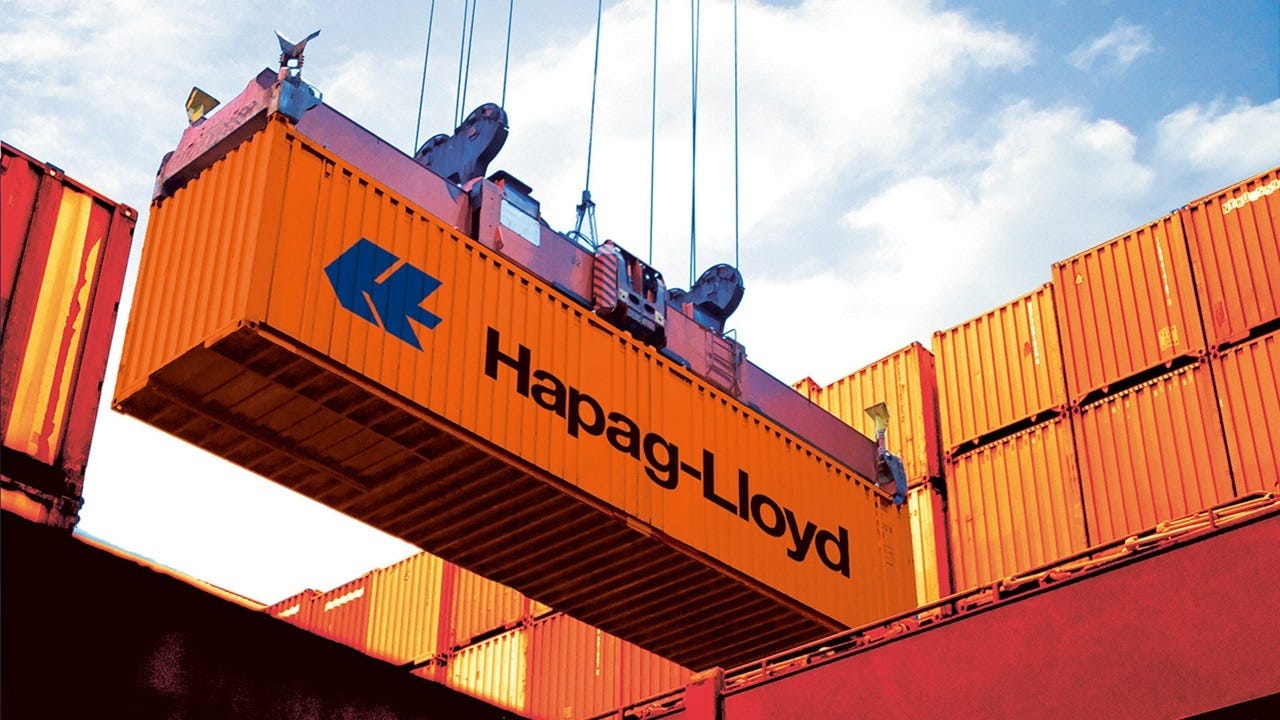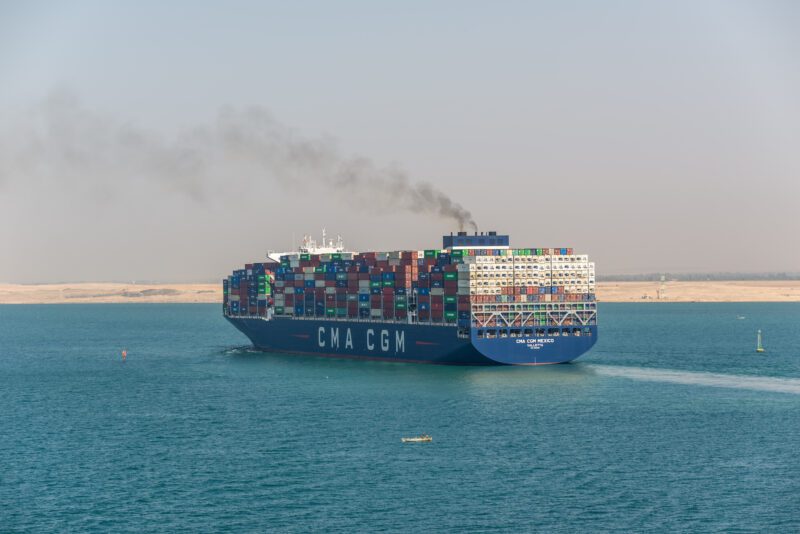TRANSPACIFIC SPOT RATES SPLIT AS DISCOUNTS EMERGE
Container spot freight rates on the main east-west deepsea trades saw some uplift this week from the 1 November general rate increases (GRIs), although the gains were inconsistent, and some suffered almost immediately from carrier discounting.

By Gavin van Marle (The Loadstar) – Container spot freight rates on the main east-west deep-sea trades saw some uplift this week from the 1 November general rate increases (GRIs), although the gains were inconsistent, and some suffered almost immediately from carrier discounting.
The Shanghai-Los Angeles component of Drewry’s World Container Index (WCI) this week rose 9% against the week before, to end at $2,647 per 40ft, while the Shanghai-New York leg gained 8% week on week, to finish at $3,857 per 40ft.
However, several carriers appeared to be discounting rates out of China almost before the ink dried on the GRIs.
US forwarder Freight Right reported that, on the trade to the US west coast, “actual market-clearing ‘specials’ are widely available around the $1,900–$2,100 per 40ft range, with agents indicating a week-over-week slide of roughly $400–$500?. It added: “These discounts are tied to specific near-term sailings – vessels departing from 7-12 November – and reflect carriers’ need to backfill half-empty ships.”
It said a similar situation had developed on the Asia-US east coast trade, with special deals related to named sailings “circulating near $2,800 per 40ft, implying a modest week-over-week softening from early-month peaks”.
Drewry added that to keep rates elevated, carriers would need to introduce further GRIs and curtail capacity – and, as if in response, MSC announced the blanking of two transpacific voyages: next week’s departure of the MSC Brasilia VII on its Empire service; and the week 48 departure of the Zim Mount Blanc on the Amberjack service.
Meanwhile, the recent meeting between presidents Trump and Xi Jinping was unlikely to lead to any sudden demand surge, Freightos head analyst Judah Levine said.
“About two-thirds of all exports from China to the US face tariffs of up to about 25%, put in place during the first Trump administration. With these coming on top of the now 20% tariff baseline on all Chinese exports, tariffs on China are still significantly higher than on other countries.
“Importers diversifying their sourcing will probably continue to do so. There’s also already been significant front-loading, including an early peak season on the transpacific, and November and December are in any case typically slow months for this market,” he explained.
However, Robert Khachatryan, founder and CEO of Freight Right, told The Loadstar this week there was optimism among Asian carriers that the current poor demand would strengthen again around the turn of the year.
“Asian carriers believe there is gong to be a demand spike, probably in early January in the run-up to Chinese New Year.
“However, it’s going to get a lot worse before then,” he added.
A portent for possible sharp declines next week can be seen in today’s Shanghai Containerised Freight Index (SCFI), compiled from rate quotes for the forthcoming week, which shows Shanghai-US west coast rates down 16% week on week, to $2,212 per 40ft, and rates to the US east coast decline by 17%, to $2,848 per 40ft.
Meanwhile, the Asia-Europe trade also saw a fourth consecutive week of gains, reflecting the partial success of the 1 November freight all kinds (FAK) levels introduced by carriers.
The WCI’s Shanghai-Rotterdam leg gained 9% on the previous week, to end at $1,962 per 40ft, and the Shanghai-Genoa route was up 8%, to end at $2,111 per 40ft.
With the Asia-Europe contracting season now underway, carriers are trying to push up spot rates, and further FAK rate hikes have been unveiled by carriers aiming to drive up rates by some 50%.
MSC has announced a new FAK level of $3,000 per 40ft from Asia to North Europe, $3,650 per 40ft to West Mediterranean ports, and $3,500 to the East Mediterranean, all effective from 15 November.
Similarly, on the same date, Hapag-Lloyd’s new FAK levels will be $3,100 to North Europe and $3,500 and $3,600 to the West Mediterranean and East Mediterranean respectively.
Xeneta head analyst Peter Sand said the success of these increases would depend on carriers’ continued capacity management, although the long-term scenario remained extremely challenging.
“Offered capacity is down across all major fronthauls compared with a month ago, despite increases on some trades in the past week,” he said. “Clearly, carriers are managing capacity very carefully at an important time of year, ahead of 2026 contract tenders, and this has contributed to average spot rates increasing again on 1 November after an uptick in mid-October.
“There were similar spot rate upticks on 1 November 2024 and 1 November 2023 – this is not a coincidence, it is carriers doing what they do best at a crucial time of year.
“Carriers will be pleased with their work of late, but they are battling subdued demand, no matter how well they manage capacity, so it is likely gravity starts to win and rates fall back,” he explained.
Subscribe for Daily Maritime Insights Sign up for gCaptain’s newsletter and never miss an update — trusted by our 107,023 members
The Loadstar









